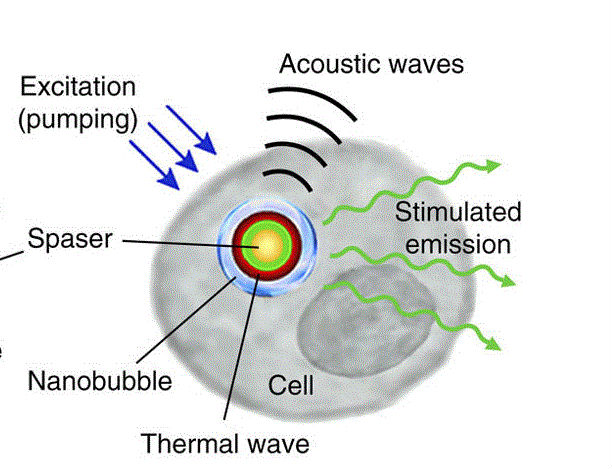Scar-Detecting Nanoparticles
Scars are the body’s response to skin injury. Sometimes too much of the protein collagen is produced at the site of the injury, resulting in excessively large thick scars that can be disfiguring, uncomfortable, and compromise function by restricting mobility. These can either be hypertrophic scars, which are thickened but limited to the injured area, … Read more



